I love that we live in an age where university lectures are frequently made free for all to benefit from. From Nick Pelling’s consistently intriguing site comes news that Kevin Knight, the famed USC researcher whose team cracked an old enciphered German manuscript from the 18th century, and linguistic algorithms researcher Sravana Reddy will be giving a free lecture about the unsolved Voynich Manuscript at Stanford University at 4:15 PM PDT this Wednesday, March 13th.


More information about the lecture can be found here: http://www.stanford.edu/class/ee380/Abstracts/130313.html.
To attend the lecture, go to this site: http://www.stanford.edu/class/ee380/. When the lecture is underway, you can click the “join the live presentation” link, or just wait until the on-demand video is made available there.
Kevin Knight and his colleagues have a lot of very interesting work under their belts, helping to unlock old mysteries with new computational technologies. I look forward to hearing what they know about the Voynich Manuscript, and if their approaches might have any relevance to investigating the Zodiac cryptograms.


Click above to view the entire article as it appeared as the top story in the Leader-Herald, a local newspaper in Gloversville, NY.
The article also appeared online here: Decoding a Killer.
Daryll did not solve Zodiac’s puzzle, and this article explains why. I’m glad people are still trying to solve the cryptograms, but until someone comes up with the real solution, these stories will continue to flourish.
These videos popped up on Youtube recently:
The first video presents this solution to the 340 cipher:
(more…)
I recently saw this post on Twitter:

Sounds like a joke at first. But someone really did pay to place this ad in the San Francisco Chronicle newspaper:
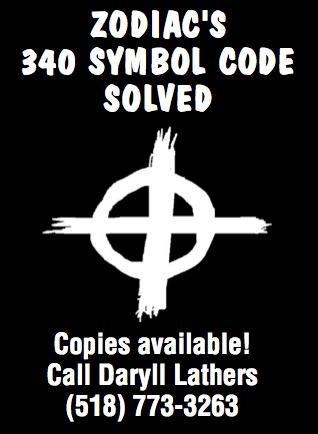
It appeared in the December 21, 2012 paper, and appeared three more times on successive Fridays.
The ad provoked my curiosity, so I called Daryll to ask him about his solution. He is a very friendly, older gentleman who lives in upstate New York. He said he has no background in code breaking, apart from working codes as a hobby in the free time resulting from his retirement. He took out the ad in the San Francisco Chronicle because he had submitted his solution to the Vallejo police department and the American Cryptogram Association, and received no responses. His plan was to charge $5 for the solution, but when he realized he wasn’t going to make any money, he decided to mail out copies for free.
I received my copy recently. You can see his worksheets here:
(more…)
In his book Zodiac, Robert Graysmith makes this claim about the Zodiac’s 408-character cryptogram:
Fifty-five characters comprise a very complicated cipher. Was this a totally original code or had Zodiac used other sources to build his cipher system? If he had used particular books on code, perhaps these could be traced back to him.
I began by looking for basic books on secret writing. In the preface to The Codebreakers by David Kahn a sample cipher alphabet is presented; eight of the twenty-six suggested equivalents had been used by the killer. The Zodiac must have had a copy of this book.
That is a very strong conclusion. Is it true? Here’s the sample cipher from Kahn’s book:

So, if you use Kahn’s cipher alphabet on the message “CAT”, you’d get “QLK.”
Graysmith says Zodiac used eight of those equivalents. But if you look at the key to the 408-character cipher,
he really only used three of the equivalents:
(more…)
Wired Magazine reminds us of humanity’s failure to unlock the secrets of seven famous codes in their recent article, “7 Codes You’ll Never Ever Break“.
The list features some of the usual well-known mysteries, including the Zodiac Killer’s 340-character cryptogram. Which we’ll never ever break. Unless you prove them wrong. You’re working on that, right?
I’m curious to know who wrote the Concerned Citizen key, a mysterious correspondence that produces an accurate solution to the Zodiac Killer’s 3-part cryptogram. The key was sent to the police a day after the Hardens’ solution was published in the newspapers. Was it derived from the published solution? Was it an independent solve? Did it come from the killer himself? Maybe if we compare the key to the Hardens’ solution, picking through all the errors and oddities, we can gain some insight into how the Concerned Citizen key was created
I haven’t come to any conclusions, but here are the results of the analysis, which became more extensive than I originally planned:
Detailed analysis of Harden solution and Concerned Citizen key
Here’s some of the information you’ll find there:
- A detailed, annotated solution to the cipher based on the Hardens’ worksheets.

The annotations link to notes containing many observations about the various errors and other interesting information gained directly from the Hardens’ worksheets. - The Harden key, showing cipher to plain text assignments:
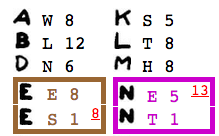
Plain text to cipher assignments:

And a visualization of homophone cycles:

- Detailed differences between the Hardens’ solution and the Concerned Citizen key
- FBI cryptanalysis and interpretation

The following is a summary of the findings (many of these have been discussed before; see [1] and [2]):
(more…)
On July 31, 1969, the Zodiac killer mailed three letters to three different San Francisco newspapers. Each letter included details about his recent murders, and a third of his 408-character cryptogram. The pieces of the cryptogram were soon published, and in less than a week, Donald and Bettye Harden had already solved the cryptogram. Their solution was published in the San Francisco Chronicle on August 9, 1969. “I’m convinced he has it solved”, said Detective Sergeant John Lynch, who was in charge of the case at the time.
The Hardens’ solution is well-known, but Sergeant Lynch also received a lesser-known solution to the cryptogram, sent in the mail on August 10th by a “concerned citizen”, and obtained last year via the valiant FOIA efforts of morf:
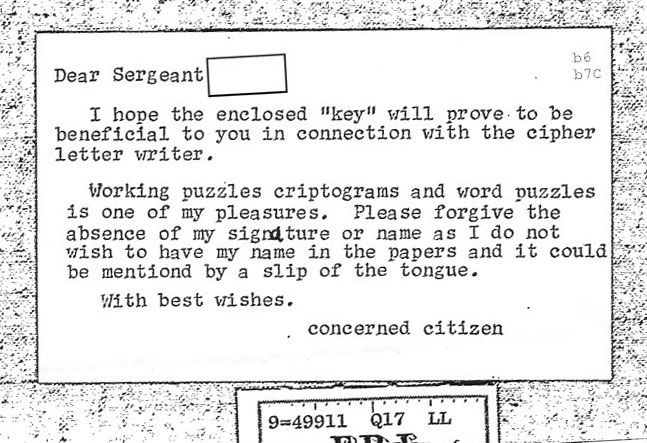
The card was sent one day after the Hardens solution became publicly known via the Chronicle article. With the card came this sheet of paper showing a substitution key to the 408-character cryptogram:
Last year, USC machine translation specialist Kevin Knight and his group of researchers cracked the “Copiale cipher”, 105 pages of mysterious enciphered text from the 18th century. Yesterday, Wired published this fascinating and detailed account of how it all went down, and what’s happened since then:
http://www.wired.com/dangerroom/2012/11/ff-the-manuscript/all/
The decoding effort started as a sort of game between two friends that eventually engulfed a team of experts in disciplines ranging from machine translation to intellectual history. Its significance goes far beyond the contents of a single cipher. Hidden within coded manuscripts like these is a secret history of how esoteric, often radical notions of science, politics, and religion spread underground.
Uncovering the meaning of the mysterious symbols was only the first piece of a deeper puzzle: Understanding the organizations that spent so much time developing cryptographic methods to hide their rituals from the world.
After reading the Oculists’ cipher, Önnerfors suggested that it described one of the more extreme groups. Forget the implicit threats to the state or church. In part of the Copiale, there’s explicit talk about slaying the tyrannical “three-headed monster” who “deprive[s] man of his natural freedom.” There’s even a call for a “general revolt.” Remember, Önnerfors told the code-breakers, this book was written in the 1740s—30 years before the Declaration of Independence. “To someone at the time,” he added, “this would be like reading a manifesto from a terrorist organization.”
The Copiale cipher turned out to be a homophonic substitution cipher, the same general technique Zodiac used to construct his 408-character cipher. Kevin and his team have also studied the Zodiac ciphers, and I’m hopeful they will continue to give them some academic attention. They have also published a fascinating review of what we know about the Voynich Manuscript, the book containing 240 pages of bizarre symbols that have remained undeciphered for about 600 years. As Kevin’s team, and other researchers like them, continue to improve their decipherment and translation technologies, we can hope to unlock even more mysteries, perhaps even the Zodiac ciphers.
“Serial killers provide the frights at N.Y. haunted house”
Exploitative entertainment? Or innocent Halloween fun?
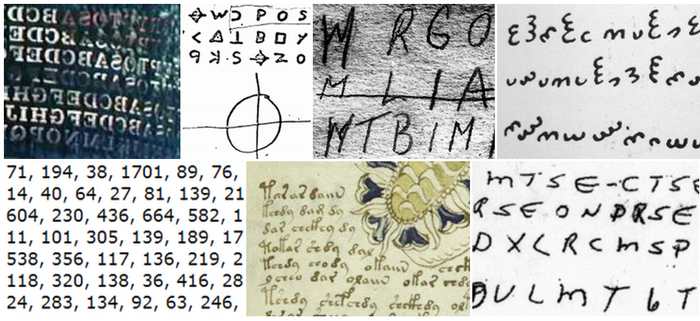
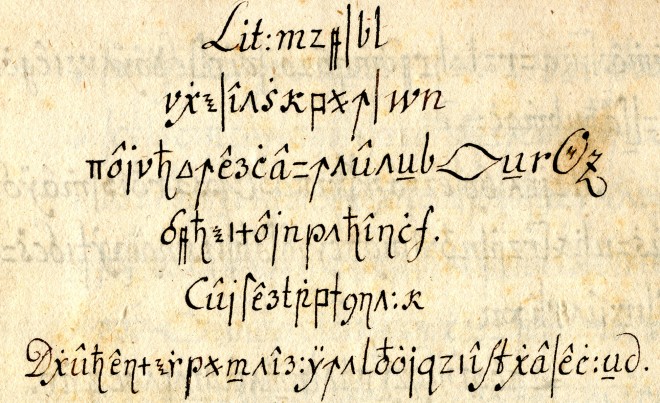
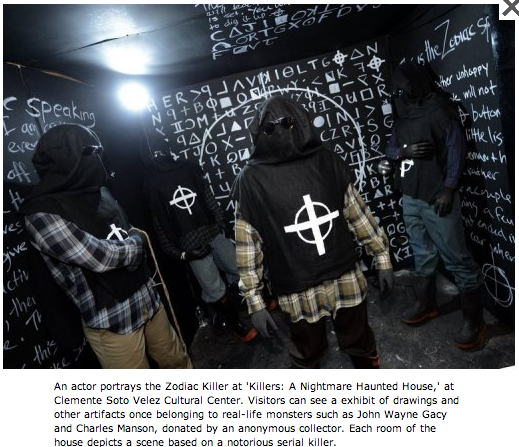
Recent Comments